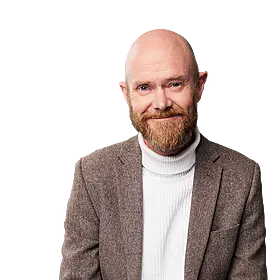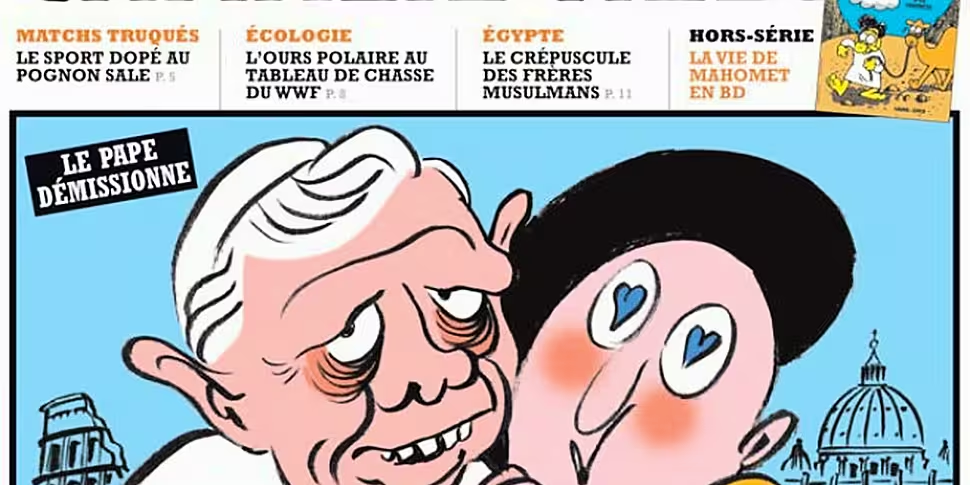This morning masked gunmen shot and killed 12 people in Paris, as they attacked the offices of satirical magazine Charlie Hebdo. The weekly publication has long been the target of threats as a result of its seemingly limitless will to target any subject it saw as fit for satire – with its gaze moving through realms both domestic and international.
Its editor - Stéphane Charbonnier (or ‘Charb’) – was placed on Al-Qaeda’s most wanted list in 2013. Charb was one of those murdered this morning.
Charb told Le Monde the magazine would continue to satirise Islam until “it is as commonplace as Catholicism.”
In an interview with the German publication Speigel in September 2012, Charb said, "It should be as normal to criticize Islam as it is to criticize Jews or Catholics."
He said in 2012, after an attack on Charlie Hebdo’s offices: "I have no kids, no wife, no car... I'd rather die standing than live on my knees."
Meilleurs vœux, au fait. pic.twitter.com/a2JOhqJZJM
— Charlie Hebdo (@Charlie_Hebdo_) January 7, 2015
Charlie Hebdo's most recent tweet is a caricature of Islamic State leader Abu Bakr al-Bahgdadi, with a message that translates as: "Best wishes by the way, and good health"
As far back as 2006 the magazine courted extreme controversy as it published a cartoon of the Prophet Muhammad on the cover, along with reprinting the 12 cartoons of the Prophet originally published in a Danish newspaper which caused outrage among some sections of the Muslim community when published.
The Charlie Hebdo headline on the front page read: “Mohammad Overwhelmed by Fundamentalists.” Muhammad remarks in the speech bubble: "It’s hard being loved by assholes."
Muslim groups sued the publication over the publishing of the cartoons, but Charlie Hebdo won in court.
The subsequent controversy and threats did not dampen the magazine’s spirit, and in 2011 it renamed an issue “Cahira Hebdo”, with Charia being the French for Sharia. The edition had the Prohpet Mohammad listed as ‘guest editor’. The cover again depicted the Prophet, this time saying: “100 lashes if you don’t die of laughter.”
On the day of publication the office was attacked with a Molotov cocktail.
Charlie Hebdo’s website was hacked and replaced by the single phrase “No god but Allah.”
 The magazine has a long history of satirising of individuals from all religions and political backgrounds. The above covers showed Pope Benedict and Michael Jackson.
The magazine has a long history of satirising of individuals from all religions and political backgrounds. The above covers showed Pope Benedict and Michael Jackson.
From this point on Charlie Hebdo continued to target Muslim extremists and their beliefs. One issue depicted Mohammed naked.
The magazine was targeted by politicians and clerics, and subject to ferocious criticism, but refused to self-censor.









